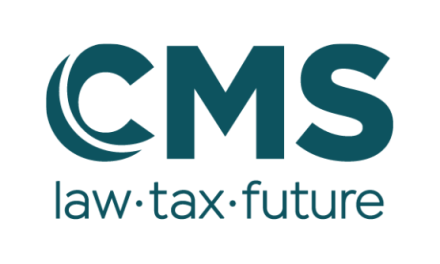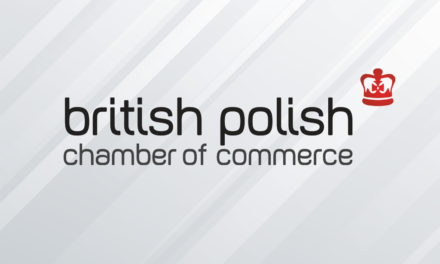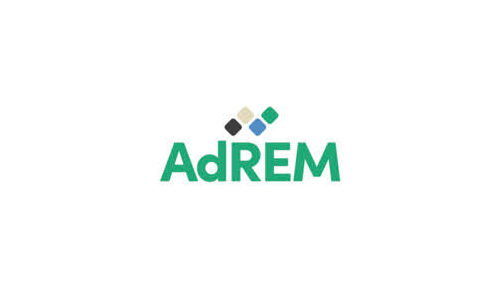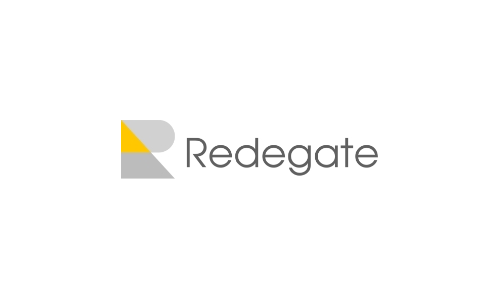
Jakub Frankiewicz, director of consulting for the UK, Comarch
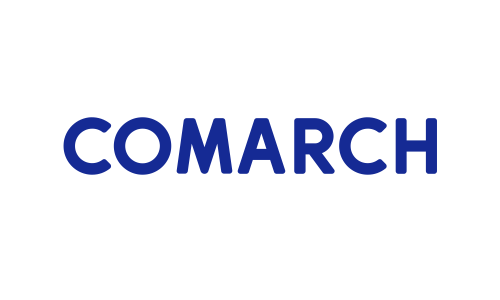
Poland is not alone in rolling out e-invoicing (in the form of KSeF) – this is a global trend. Some countries are digitalising their tax systems faster than others; ultimately the trend is unstoppable. Countries that take the plunge early will have a first-mover advantage, and the companies that make it all happen will have the experience and expertise to offer their services and solutions to other countries as they start to implement e-invoicing. Comarch’s director of consulting for the UK, Jakub Frankiewicz, talks to the BPCC’s Michael Dembinski about the challenges facing all businesses as they adapt to new regulations.
How far ahead is Poland when it comes to making e-invoicing a reality for all businesses in the Polish economy?
Poland is already in the process of introducing the e-invoicing system to the public. Since 1 January 2022, the national e-invoicing system (so called KSeF) is running as a voluntary solution for all Polish B2B companies. We are expecting that from 1 July 2024, all B2B invoices would have to be sent via the KSeF platform, meaning that the use of the platform will become mandatory. Poland therefore becomes the next EU member state (after Italy, Portugal and Spain) that decides to change the model of electronic invoice processing from the so-called post-audit to clearance model. The new system will apply to taxpayers carrying out activities subject to the invoicing requirement in accordance with Polish VAT regulations (including foreign taxpayers who have their registered office or permanent place of business in Poland).
The UK trades extensively with the world. As new legal requirements for e-invoicing begin to appear in different jurisdictions, British global businesses will have to adapt. In practical terms, how much of a challenge will this be for them?
Businesses all around the world, especially in Europe, must face the fact that many countries are implementing or planning to implement different e-invoicing regulations. Different countries have different approaches when it comes to introducing e-invoicing models. Some countries focus on facilitating and reducing for business the costs of transmitting invoices and speeding up the payment processes between companies. Other countries focus more on counteracting illegal practices and reducing the VAT gap.
The EU has also proposed new e-invoicing changes, publishing a proposal for reforming its value added tax system, called VAT in the Digital Age (ViDA) – that aims particularly at dealing with challenges and opportunities linked with digitalisation and would impact every company across the EU with a systemic change to e-invoicing and e-reporting mandates across the EU initially scheduled to start in 2024 with the final solution entering into force by 2028.
In order to efficiently address those challenges related to electronic invoicing, companies should firstly plan appropriate changes in their own internal processes and, in my opinion, select the appropriate tool or solution to cover those local national requirements when it comes to processing (sending and receiving) or electronic invoices.
The challenge for UK companies is mostly relates to case when a company has branches, separate entities and run businesses in those countries where legal requirements for e-invoicing or e-reporting are changing. If a UK company has operations in multiple countries where new legal requirements are emerging, it’s worth considering solving this issue globally. There are existing solutions on a market which enable integration with multiple countries’ specific governmental platforms to meet local requirements. This approach saves time and cost, guarantees a comprehensive solution and enables relatively easy global coverage of e-invoicing and e-reporting capabilities.
If our company is global, with multiple offices in different countries, it’s worth determining when and where such legal requirements arise. The challenge for such companies can be to implement different requirements at the level of each country and to adapt business processes accordingly.
My intuition is that as countries roll out e-invoicing, firms will have to go through much hardship, incurring significant costs to make the change; once the system is fully digitalised, however, and teething troubles are eliminated, payment processes will be easier than they are today. Is this right?
Yes, you are partially right about that digitalisation of e-invoicing process will finally benefit all companies by reducing costs and making the payment process much easier and faster. Although implementation of e-invoicing in the company doesn’t have to be complicated or costly. As with all IT-related projects, it is a matter of choosing the right tool or partner to successfully implement the project within time and on budget. Companies should look for a solution that would give them the possibility to roll-out e-invoicing in more than one country or region with a partner that has good knowledge and is proven on the market.
What are the key organisational changes that companies will have to implement to their systems and processes to be e-invoice compliant? What will this take in terms of human resources and capital outlay?
There are several layers to address when preparing and implementing an e-invoice compliant process. This should start with an evaluation of the current state of invoicing processes to identify possible gaps in compliance with e-invoicing regulations. Especially companies operating across multiple markets – they need to understand specific regulations and requirements applicable to the business in each market/region. Based on that assessment, the company should develop its strategy to achieve e-invoicing compliance, including technology adoption, process changes and timelines. From the technology point of view, this means investing in e-invoicing software of platforms that support compliance with the relevant standard protocols, ensuring seamless integration of e-invoicing with the existing ERP. To minimise the cost and duration of the process, companies should also standardise the invoicing process throughout the organisation to ensure consistency and compliance.
An important part of the implementation process also involves communication with client and suppliers – to inform them ahead of time of future transition to the e-invoicing landscape and provide guidance. In addition, the change-management process needs to be developed in order to help employees adapt to the new e-invoicing processes smoothly.
Taking this further – are you expecting that from jurisdiction to jurisdiction there will be substantive differences in requirements? How will e-invoicing work in practice across complex supply chains that cross several frontiers?
There are several different models introduced on the market that have common elements. Those models represent two major trends:
- Periodic Transaction Control (PTC) model – when each country has different requirements and PTC model allows the free exchange of invoice documents (using different communication channels, providers or networks like PEPPOL) but transactional data are reported to tax authorities at regular intervals (also usually directly, or via e-invoicing providers like Comarch)
- Continuous Transaction Control (CTC) model – where there is a real-time or near-real-time reporting or invoice exchange (clearance) through a central hub (platform). Transactional data is submitted electronically to the tax authorities just before, during or shortly after the actual exchange of invoice data between partners.
Of course we can’t anticipate what each government would decide in terms of e-invoicing model. This why when companies operate in complex environments across several markets that are planning to introduce e-invoicing regulations, it is wise to work with a specialised vendor in order to have a good insight in those requirements as well as have a possibility to implement those requirements into a working solution. In many case there’s the possibility to work on a common model for use on several markets and quickly connect with the platforms of tax authorities in each jurisdiction.
Which countries are currently leading the race to digitalise invoicing and taxes? Could you give some examples of the direction the front-runners are heading in – and whether they differ much from one another? Are EU member states generally ahead of the rest of the world, are there other global leaders in other continents that UK businesses should be aware of?
Historically, the digitalisation of invoices started in another part of the world – it was led by Chile that firstly introduced voluntary e-invoicing in 2001, serving as a catalyst for other Latin American countries to develop their own e-invoicing systems. Following success of e-invoicing in Latin America, European countries began to follow. The first major introduction of e-invoicing in the clearance model was done in Italy. Nowadays all EU member states and other European countries are following those guidelines and are in process of introduction of e-invoicing and e-reporting regulations. Europe is currently ahead of most countries on other continents in terms of the number of planned implementations and the direction of development of digitalization, although many Asian countries also want to rapidly introduce such new regulations (Thailand, Philippines and Malaysia are already using or implementing mandatory or voluntary regulations in terms of e-invoicing that affects majority of B2B enterprises).
Given Comarch’s experience on the Polish market, how can your firm help businesses based in other countries such as the UK? Has Comarch experience working for both tax authorities and tax payers? [If so, how does that look in practice?]
Comarch as you mentioned is very experienced on the Polish market but also internationally. Comarch has already been providing electronic invoicing and electronic document exchange solutions for over 20 years. Our e-invoicing solution serves hundreds of companies worldwide, providing legal compliance and integrations with local tax-authorities’ platforms. This is especially needed for companies which have multicounty presence, have local operations in countries where e-invoicing requirements are already present or are planned to be implemented in the near future. By providing a complex, global e-invoicing solution, Comarch is able to help such companies to be compliant on those markets, reducing the cost and time for delivery of such compliance.







